I am one of the many applauding President Obama's call for quality preschool education for all American children. With such an opportunity in our sights, I urge policy makers, parents and early education teachers and administrators to get it right.
There must be a vision for preschool classrooms as engaging, interactive environments, full of open-ended opportunities for play as learning, and focused on early childhood learning guidelines that address the whole child's learning and development, not just on early academics.
In his State of the Union address, the president said quality preschool programs enable students to succeed academically as they advance. The often-cited Perry study shows that children are more likely to succeed not only in school but in life if they are enrolled in quality programs.
The students at the schools in the Perry study were encouraged to engage in play activities through which they learned to make choices, solve problems, and otherwise engage in activities that contributed to their intellectual, social and physical development.
Since that study, there has been more research that has convinced educators that quality preschools enable students to succeed in school. So what exactly do we mean by quality?
What I know from my own research, and that of many others, is that quality must include play experiences. Through play, children advance in all the critical areas of their development and learning: cognitive, academics, physical, language, literacy, social, and emotional. At this age, these areas all go hand-in-hand and are taught together, not separately. What I worry about is that scripted lessons, direct instruction and worksheet drills may someday replace play in preschool.
I have observed this trend working its way to kindergartens, where the pressures are often pervasive. Most kindergarten teachers know that their classrooms are still a place where the "child's garden" should be experienced -- a warm, caring atmosphere with blocks, dramatic play opportunities, shared stories, a water table, and lots of outdoor play. And they know play will help their young students' progress.
My worry is that although policy makers, parents and teachers of upper grades want the best for children's learning and development, their image of preschool may be misguided.
So teacher education is key. There are many programs that produce well-educated teachers such as Head Start programs and NAEYC Accredited programs (National Association for the Education of Young Children).These programs require teachers with an early childhood education background.
Early childhood educators honor how young children naturally learn by offering them hands-on activities and play, and they encourage a partnership among the child, parents and themselves, working together more than in any other grade level.
I often tell parents that a worksheet focused on the letter B is no match for a classroom full of Balls and Bubbles, or a child who needs to write the letter B for his pretend Bagel-shop menu. Most parents get it because they see the same learning at home.
Preschool children develop physically through running, jumping and climbing. They improve small motor skills by stacking blocks, drawing with markers and squeezing glue bottles. They develop large motor skills as they climb and run outside. They begin to understand the dynamics of friendship and negotiating during pretend play and playing games. They use vocabulary words and exhibit their knowledge of the world we live in when they take on roles during their play. They practice math concepts as they build block towers. They explore science concepts as they play in the sand box, the yard, the water table, and with the art materials.
Play is their context for deep learning! Play is not only appropriate, it is critical in preschool. Let's avoid the teacher-directed and worksheet-heavy model of the preschool classroom. Let's get it right.